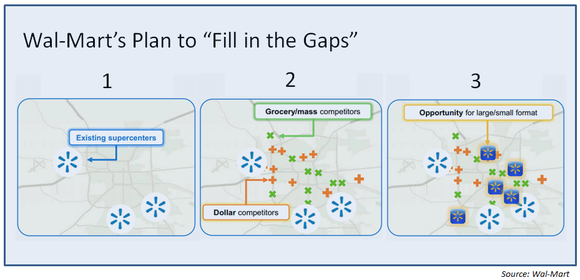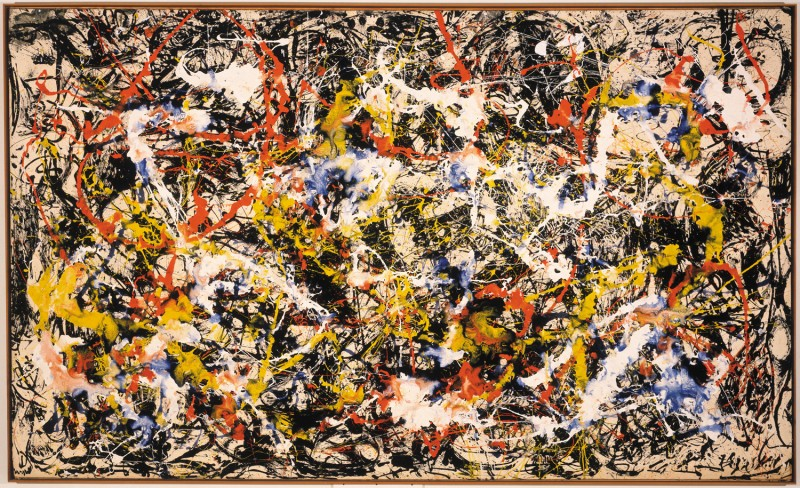dense hubs, thick spokes
DISRUPTION emerges from particulars of time and space. The character of disruption reflects innate complexity and unpredictable convergence of multiple variables.
Complexity emerges as relationships proliferate and interactions become more interdependent.
A self-sufficient, extended family of farmers-hunters-gatherers might occasionally transfer food to or from others in trade or as gifts. Especially if the family is physically isolated from others, this kind of connection will often be unstructured… entirely emerging from chance encounters… random.
Over-time the descendants of this family may – especially as their population and that of their neighbors increase – have more frequent contact with outsiders. Perhaps they begin to gather at particular places on a recurring calendar for a variety of social purposes. Food and other items are traded or offered in religious rituals. Mostly random encounters are supplemented by connections that cluster in space and time. Clustering is probably periodic rather than persistent, largely because it is costly to overcome the challenge of distance. Populations will usually be in relationship with several different clusters.
Random networks and cluster networks constitute most of humanity’s social experience of the last 300,000 years.
But in the last 200 years as technology has reduced the duration involved in distance, some clusters have agglomerated into nodes which feature a dense number of exclusive or near-exclusive linkages. It is estimated that each day sixty percent of US pharmaceutical supplies pass through Memphis. The FedEx hub at Memphis has something to do with this. So does a nearby national hub of a large pharmaceutical distribution company. A hub differs from a cluster in the network’s level of dependence on (or preferential attachment to) the hub. A network where densely connected hubs are prominent is sometimes called “scale-free”.

As volumes increase hubs can reduce network friction – often reflected in financial costs – by applying a variety of technological and human interventions optimized for product, place, or purpose. The greater the volume – such as pharma products flowing through Memphis – the more capacity and capability is developed and friction is further reduced, increasing the network’s preference for the hub.
In most communities grocery retail has historically been highly clustered. But the number of nodes in a local cluster has fallen precipitously since the end of World War II. According to Richard S. Tedlow at Harvard, the number of food stores decreased from about 400,000 in 1935 to 162,000 in 1982. (Even as the US population increased from under 128 million to over 231 million.) According to the USDA, if convenience and specialty stores are included there are now 212,000 food stores in the US. In the half-century ending in the mid-1980s the number of supermarkets increased from 386 to 26,640 and the share of grocery sales accounted for by supermarket firms expanded from about three to nearly seventy-five percent. Grocery is still clustered, but what constitutes a “local” cluster is now more geographically expansive.
In many localities there is an increasing emergence of hub-like characteristics. According to Metro-Market Studies, Walmart currently controls over half the grocery market in forty metropolitan statistical areas. In 2011 the top four grocery retailers – Walmart, Kroger, Target, and Safeway – served more than 80 percent of the market in 231 of 362 metropolitan and micropolitan statistical areas.

This trend toward concentration has been observable over the lifetime of the oldest person likely to read this sentence. But in the last five to ten years an acceleration and redirection of these trends can potentially be observed. (See “Conversation” for a discussion of a slightly different perspective.)
The century-long path to urbanization is now converging with a growing consumer capability to articulate various attributes of desire. It started with ecommerce on desktop computers (often at a workplace), but the potential to explore and express preferences has exploded with the smartphone. Consumer preference may still be price-sensitive, but before a particular product is pulled the online customer may also consider customization options, delivery guarantees, ethical issues (such as supply chain sustainability or slavery), safety concerns, reviews by previous consumers, whether a preferred payment system is integrated, and much more. Gratification was once mostly achieved at the intersection of product, price, and place. Get all three right, the deal was done. Today consumers are demanding much more.
In the July/August 2015 edition of MIT Technology Review a special report on the food industry commented:
For years, the most important food technologies were all about scale. How could we feed a fast-growing population at less expense? By doing everything bigger: food grown on bigger farms was sold by ever-merging global food giants to grocery chains of superstore proportions.
Many of today’s food technologies seem to be moving in the opposite direction, toward methods and products that are economical for small farms as well as large corporate ones. This does not mean an end to big food: with the planet’s population projected to reach 9.6 billion by 2050, agriculture and food production will still have to achieve a massive scale, with help from technology and innovative research. Still, evolving technologies, including inexpensive sensors, mobile devices, and data analysis, have helped an increasing variety of food companies, retailers, and producers lower their costs and compete in many specialty markets.
This could be the start of a new food economy—one that reflects more competition and more innovation, provides opportunity for a broader group of investors, and is more dynamic and responsive than the industrial model that has dominated for decades.
Instacart partners with existing grocery stores to deliver your order within one hour. Some reports in mid-2015 indicate Instacart is growing by 20 percent per week. In certain cities AmazonFresh and/or Walmart-to-Go compete. In other cities (and a few of the same) Uber will deliver a pre-selected stock of non-perishables. Many stores allow online ordering and quick pick-up. Walmart is testing real-estate dedicated to click-and-collect, allowing customers to avoid traffic at stores. During calendar-year 2013 venture capital invested over $1.6 billion in more than 100 online food and grocery start-ups. In 2014 the bets increased to well over $4 billion. German grocery giants Aldi and Lidl will introduce their small-format stores and carefully curated product line to several hundred US cities before the end of the current decade. Dollar General will offer many more fresh products. Big and small, online and off, discount and high-end, the spectrum of grocery options is exploding.
Yet behind this dramatic churn of retail competition, the grocery distribution network is experiencing accelerated consolidation. Current leaders – Amazon, C&S Wholesale Grocers, Kroger, and Walmart – are well-positioned and increasingly entrenched. Volume is king, generating crucial efficiencies and cash-flow. Find the most innovative local fulfillment solution and trace its source. The more scalable the source the more likely it is dependent on a hub. The hubs behind the rapidly diversifying links are only getting bigger. The shortest, most efficient, least costly path between two points – one wanting, another having – is through a densely linked hub.

New and Improved by Richard S. Tedlow
Logistics Clusters by Yossi Sheffi, 2012
Food Technology for All by MIT Technology Review, 2015
Fresh: A Perishable History by Susanne Freidberg, 2010
Convergence, 1952 is a premier example of Jackson Pollock’s action-painting. The 95 1/4 x 157 1/8 inches (241.9 x 399.1 cm) original is the collection of the Albright-Knox Museum.

The Convergence of the Twain
By Thomas Hardy
(Lines on the loss of the “Titanic”)
I
In a solitude of the sea
Deep from human vanity,
And the Pride of Life that planned her, stilly couches she.
II
Steel chambers, late the pyres
Of her salamandrine fires,
Cold currents thrid, and turn to rhythmic tidal lyres.
III
Over the mirrors meant
To glass the opulent
The sea-worm crawls — grotesque, slimed, dumb, indifferent.
IV
Jewels in joy designed
To ravish the sensuous mind
Lie lightless, all their sparkles bleared and black and blind.
V
Dim moon-eyed fishes near
Gaze at the gilded gear
And query: “What does this vaingloriousness down here?” …
VI
Well: while was fashioning
This creature of cleaving wing,
The Immanent Will that stirs and urges everything
VII
Prepared a sinister mate
For her — so gaily great —
A Shape of Ice, for the time far and dissociate.
VIII
And as the smart ship grew
In stature, grace, and hue,
In shadowy silent distance grew the Iceberg too.
IX
Alien they seemed to be;
No mortal eye could see
The intimate welding of their later history,
X
Or sign that they were bent
By paths coincident
On being anon twin halves of one august event,
XI
Till the Spinner of the Years
Said “Now!” And each one hears,
And consummation comes, and jars two hemispheres.
Dense Hubs, Thick Spokes was written by Philip J. Palin, September 2015